
How the U.S. government shutdown is set to upend the lives of thousands of ordinary Americans

America’s Shutdown Crisis: When Politics Stops, People Suffer
The U.S. government shutdown that began on October 1, 2025, has quickly evolved into far more than another episode of partisan gridlock in Washington. While headlines frame it as a clash between Congress and the White House, the reality is deeply personal. A shutdown does not just freeze federal budgets—it freezes the stability that millions of Americans depend on. Federal employees, small-business owners, contractors, and families who rely on government services suddenly find themselves suspended in uncertainty, victims of a political battle they did not start.
What’s unfolding is not only a bureaucratic impasse; it’s a human crisis. When paychecks stop, when services vanish, when aid programs go silent, the abstract language of legislation becomes painfully concrete. The shutdown exposes how fragile the foundations of daily life can be when political institutions fail to function as intended.
Beyond Budgets and Bills: The Human Cost of Gridlock
At its core, this crisis is not just about appropriations or procedural tactics. It’s about people—about teachers at federally funded schools who don’t know if their next paycheck will arrive, about scientists forced to halt life-saving research, and about parents who depend on food assistance to feed their children. Each day of delay deepens the wounds. The damage is financial, yes, but it also strikes at the soul of a nation already weary of division. Confidence in institutions erodes, civic trust frays, and the sense of national unity weakens a little more each time Washington fails to deliver.
Even when the shutdown eventually ends, back pay cannot restore missed meals, unpaid bills, or the emotional toll of prolonged insecurity. To truly grasp the scope of the crisis, we must look beyond the marble halls of power and into the homes, neighborhoods, and hearts of those who are living its consequences.
How the Shutdown Unfolded—and Why It Matters
The current shutdown was triggered when lawmakers failed to pass funding for the new fiscal year, exposing deep partisan rifts. At the center of the dispute is a fight over healthcare subsidies under the Affordable Care Act (ACA). Democrats have insisted on extending these subsidies to prevent millions from facing higher premiums, while Republicans argue that negotiations over such provisions should come only after the government’s basic funding is secured.
When no agreement was reached by the October 1 deadline, vast portions of the federal government ground to a halt. Frustration deepened as Congress adjourned for holidays, leaving families across the nation to grapple with unpaid wages and suspended services.
The Trump administration’s response has only intensified the crisis. By suggesting the possibility of permanent layoffs instead of temporary furloughs, it has transformed what is normally a temporary disruption into a potential restructuring of federal employment. Moreover, withholding federal project funds from Democratic-led states has amplified the perception that this shutdown is not merely a policy failure, but a deliberate act of political retaliation.
This transformation—from a budgetary standoff to a weaponized political tool—signals a deeper breakdown in the government’s role as a neutral provider of essential services. It also raises questions about whether future shutdowns will become even more frequent, longer, and more damaging.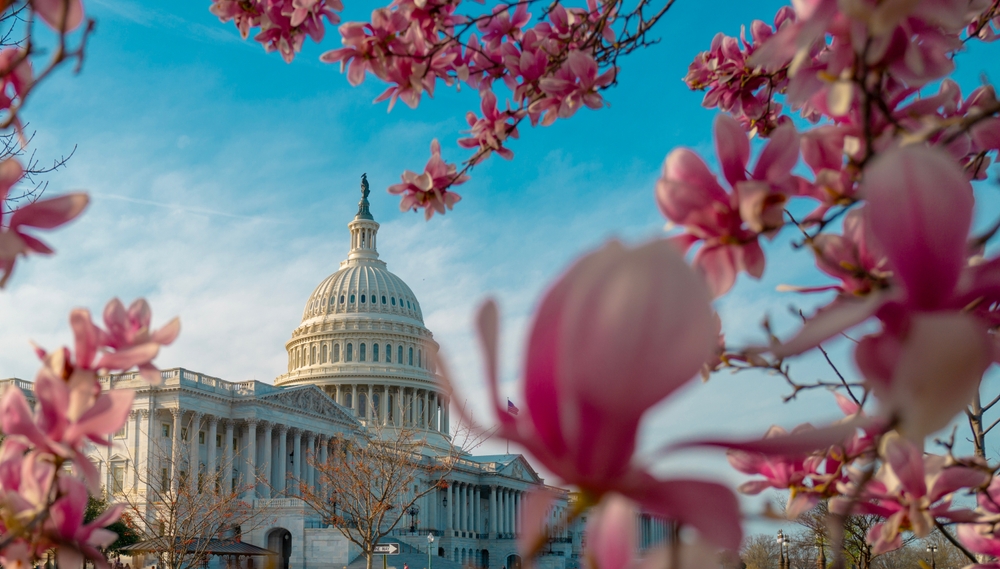
The Federal Workforce: Collateral in a Political War
The most visible victims are the roughly 750,000 federal employees now furloughed or working without pay. They form the backbone of essential services—from financial oversight and environmental monitoring to scientific research and education programs.
Reuters reports that the Securities and Exchange Commission (SEC) has furloughed more than 90% of its staff, leaving only a skeleton crew to handle emergencies. The Commodity Futures Trading Commission (CFTC) is operating at just 6% capacity, a dangerously low level for agencies responsible for safeguarding trillion-dollar markets. These cuts introduce vulnerabilities that could ripple through global finance.
But behind these statistics are human beings. Many are parents juggling childcare, mortgages, and student loans; others are veterans who chose public service out of a sense of duty. For them, the shutdown is not theoretical—it’s an existential financial crisis.
While the Government Employee Fair Treatment Act of 2019 guarantees back pay once the shutdown ends, that promise does little to cover bills due today. During the record 2018–2019 shutdown, thousands of workers lined up at food banks, borrowed money, or picked up gig work just to survive. With inflation already squeezing household budgets in 2025, the current shutdown is pushing families to the brink even faster.
The emotional cost is harder to quantify but equally real. Being ordered to work without pay—or barred from working at all—creates anxiety, resentment, and a profound sense of betrayal. Many describe feeling “disposable,” caught between loyalty to their mission and disbelief that their government has left them stranded.
This emotional fatigue threatens to hollow out the public sector. Already strained by years of hiring freezes and funding cuts, the federal workforce could lose another generation of skilled employees disillusioned by endless cycles of political dysfunction.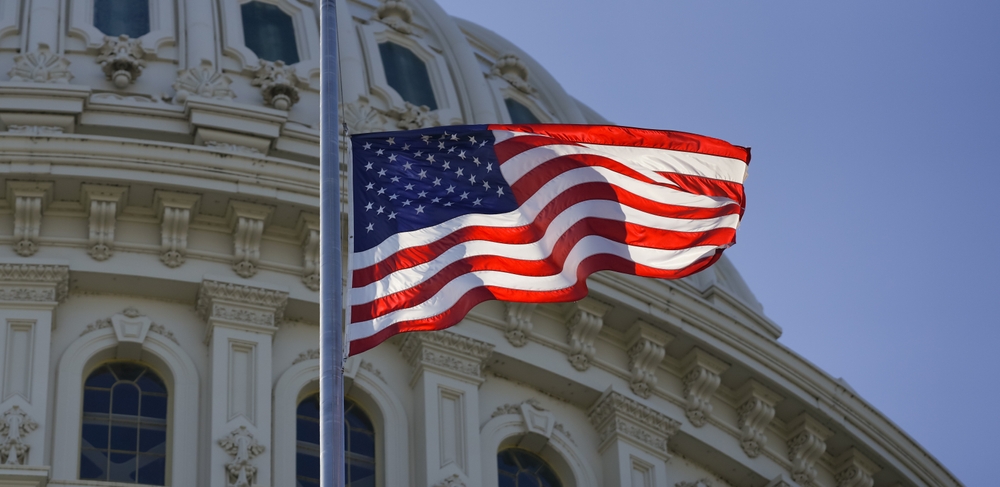
The Economic Ripple Effect
The shutdown’s impact extends far beyond federal workers. Treasury Secretary Scott Bessent has warned that the standoff could cost the U.S. economy as much as $15 billion per week, disproportionately hurting working-class Americans who depend on steady wages and consumer activity.
These are not abstract numbers—they translate directly into missed rent payments, shuttered small businesses, and falling consumer confidence. When federal workers stop spending, local economies feel it almost immediately. Restaurants empty, retail sales drop, and small service businesses lose their customer base.
The damage compounds as federal agencies stop releasing vital economic data. Reports on jobs, inflation, and GDP—used by the Federal Reserve to guide monetary policy—are delayed or halted, leaving decision-makers in the dark. This lack of reliable data raises the risk of policy errors that could worsen inflation or slow recovery, even after the government reopens.
Financial markets are already reacting. Stocks have fallen, gold prices have surged, and Treasury yields have dipped—classic signs of investor anxiety. Retirement accounts and pension funds are not immune, meaning millions of Americans could see their savings erode as the standoff drags on.
Simply put, a government shutdown is not a pause—it is a drag on the entire economic ecosystem. Every day of paralysis plants seeds of long-term weakness in an economy still recovering from years of pandemic and inflationary shocks.
The Inequality Crisis Within the Shutdown
Shutdowns rarely distribute pain evenly. Low-income families, seniors, and marginalized communities—those who rely most heavily on federal assistance—bear the heaviest burden. Programs like SNAP, housing vouchers, and child nutrition services are often among the first to face disruptions.
For households already teetering on the edge, even a short delay in benefits can be catastrophic. Missed meals, late rent, or deferred medical care compound into cycles of hardship that last long after the shutdown ends.
Healthcare access is also at risk. If ACA subsidies lapse, millions of Americans could face skyrocketing premiums. For many, losing coverage is not a budgetary inconvenience—it’s a threat to survival. Hospitals, especially in rural or underserved areas, may see fewer patients, further destabilizing fragile healthcare systems.
Meanwhile, nonprofits and community organizations—often the last line of defense—are themselves stretched thin. Many rely on federal grants that have been frozen, forcing them to reduce services at the very moment demand surges. The result is a dangerous vacuum of support for the nation’s most vulnerable populations.
How Americans Can Weather the Storm
While individuals cannot end a shutdown, they can take steps to soften its blows. Federal workers and contractors should first clarify their employment status—furloughed or “excepted”—to understand eligibility for unemployment aid or union support. Early communication with creditors, landlords, and utility providers can also prevent cascading debt, as many offer hardship or forbearance programs during federal closures.
Families should access community resources early—food banks, local charities, and state emergency programs often face overwhelming demand once a crisis peaks. Budgeting becomes essential: prioritize rent, food, and healthcare, and postpone noncritical expenses. Above all, solidarity matters. Sharing stories publicly, contacting representatives, and participating in local advocacy keeps human voices in the spotlight, pressuring lawmakers to act.
A Crisis of Governance and Trust
Perhaps the most lasting wound from a shutdown is psychological rather than financial. Each time the government fails to function, faith in its legitimacy erodes. Citizens begin to wonder whether public service is still a calling—or just collateral in a political war.
Laws like the Fair Treatment Act may ensure back pay, but they cannot repair broken trust or restore the stability families lose during weeks of uncertainty. Nor do they address the normalization of dysfunction—the expectation that shutdowns are simply “how Washington works now.”
This acceptance is dangerous. When gridlock becomes routine, democracy begins to decay. The act of governing turns into a contest of endurance rather than responsibility. And the longer this continues, the harder it becomes to rebuild the collective belief that government exists to serve, not to fight itself.
Shared Pain, Shared Responsibility
Every shutdown is reported as a Washington story. But its truest measure is found not in political speeches or partisan blame—it’s found at kitchen tables where families wonder how to pay rent, in food bank lines that grow longer by the day, and in the quiet despair of public servants who feel abandoned.
This crisis should remind Americans that government is not an abstract institution—it is the infrastructure of daily life. Its failure is not inevitable, but neither is its repair automatic. Accountability, solidarity, and civic pressure can break the cycle—but only if the public demands better.
Until then, countless families remain in limbo—waiting for paychecks, waiting for leadership, waiting for proof that their government still values their contribution and their survival.
The most devastating effect of this shutdown may not be economic at all, but emotional: the growing conviction that ordinary citizens are expendable in the games of power. Repairing that will require far more than a funding bill—it will require a renewal of faith in governance itself.
News in the same category


3 abnormalities in the hand warn of liver cancer, many people see but subjectively ignore

From Prophecy to Preparedness: Ghana’s Ark Builder and the Questions Behind Apocalyptic Claims
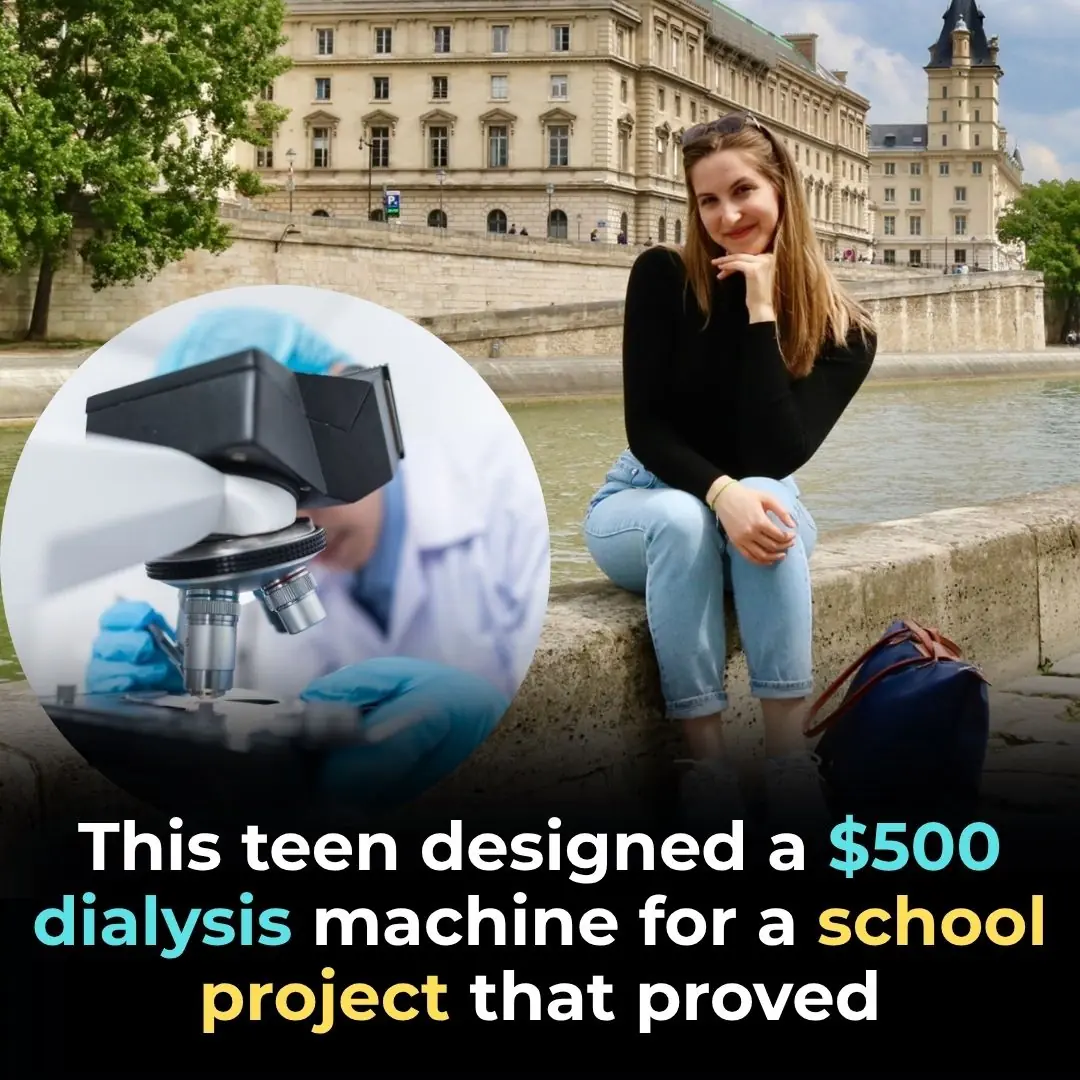
Teen Builds $500 Dialysis Machine That Works Faster Than Hospital Models
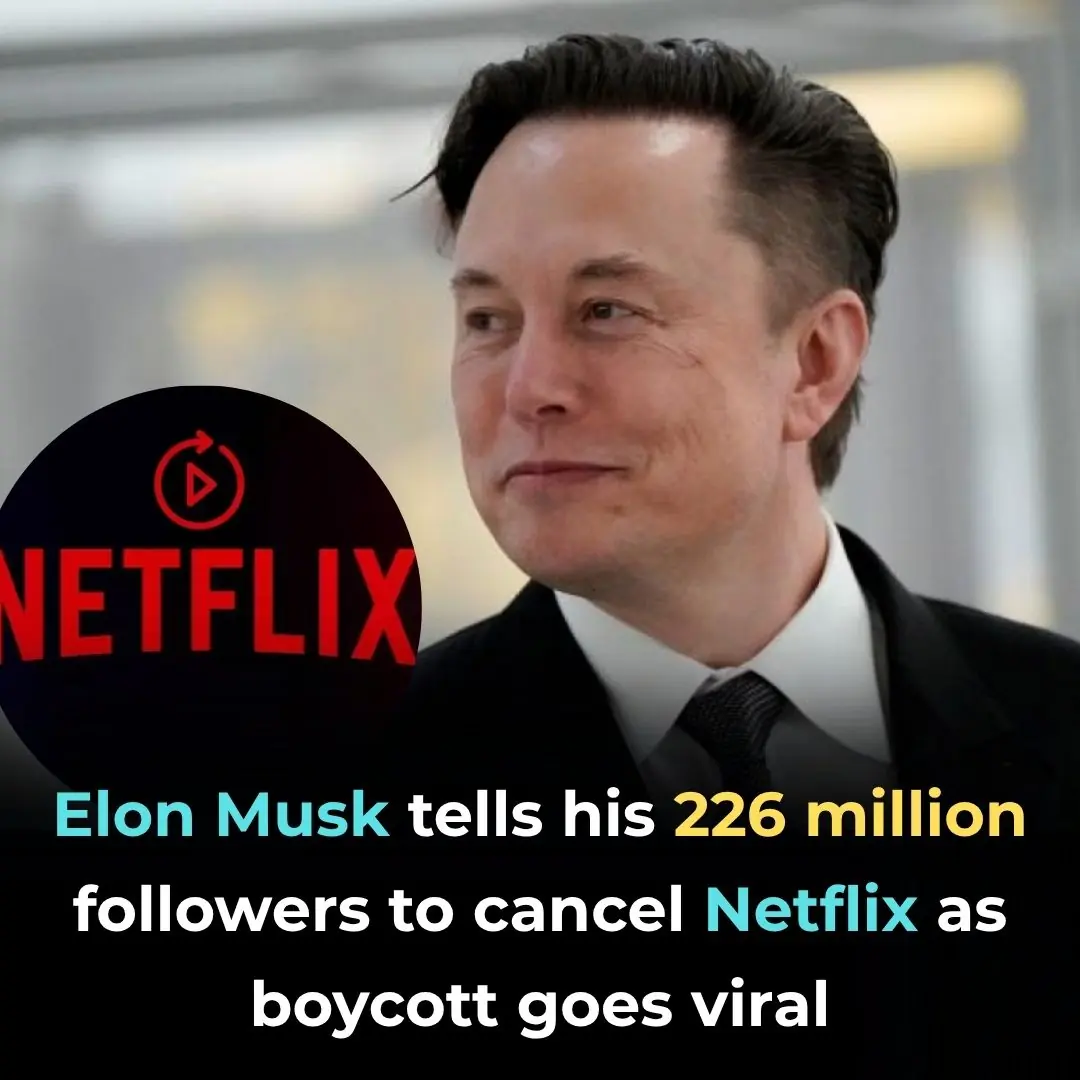
Elon Musk Calls on 226 Million Followers to Cancel Netflix Amid Surging Boycott Movement

Officer Breaks Car Window to Rescue Baby – Then Realizes It Was a Mistake
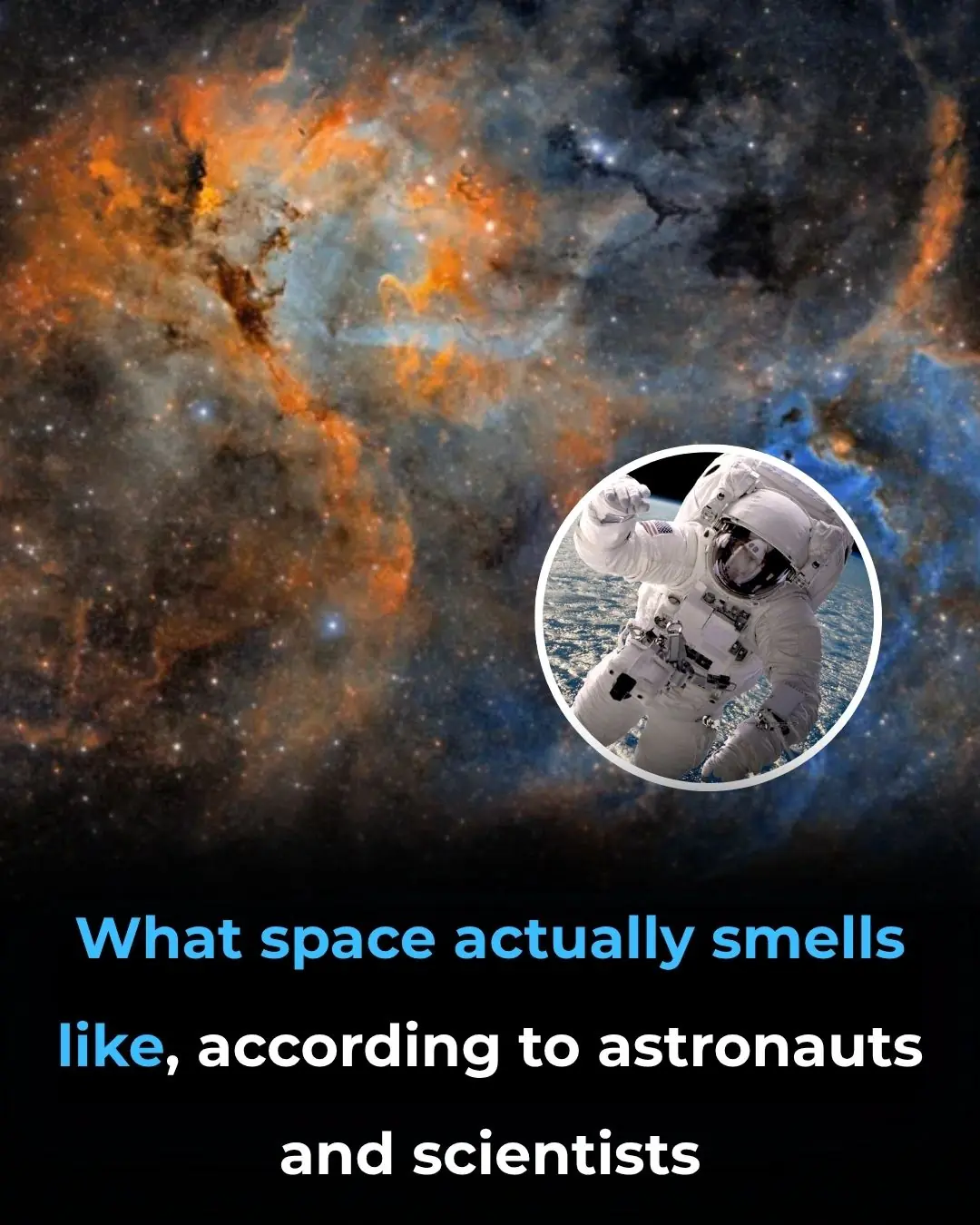
What Space Actually Smells Like, According to Astronauts and Scientists

Scientist Watches to See If Strange Interstellar Object Releases Any Probes

Prime views of the Andromeda Galaxy and Ceres—October 2

Prime views of the Andromeda Galaxy and Ceres—October 2

September 9 Meteor Shower: Epsilon Perseids to Dazzle the Night Sky

Gas Giants of the Solar System: Jupiter, Saturn, Uranus & Neptune

YouTuber destroys new iPhone Air with a blowtorch to test its durability

GameStop issues promising statement following Xbox Game Pass price hike

1st solar eclipse of 2025 puts on stunning show for skywatchers around the world (photos)
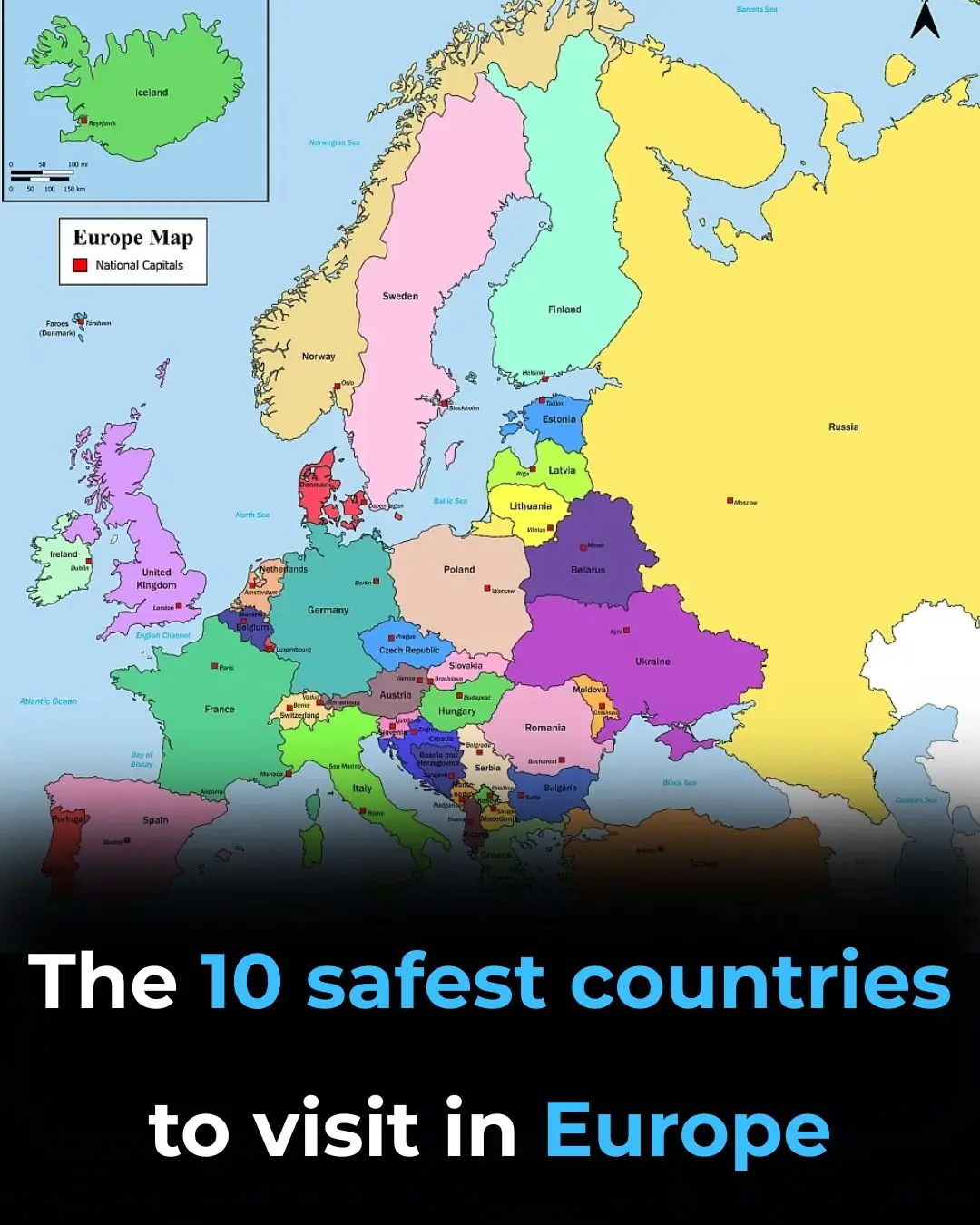
10 Safest Countries to Visit in Europe
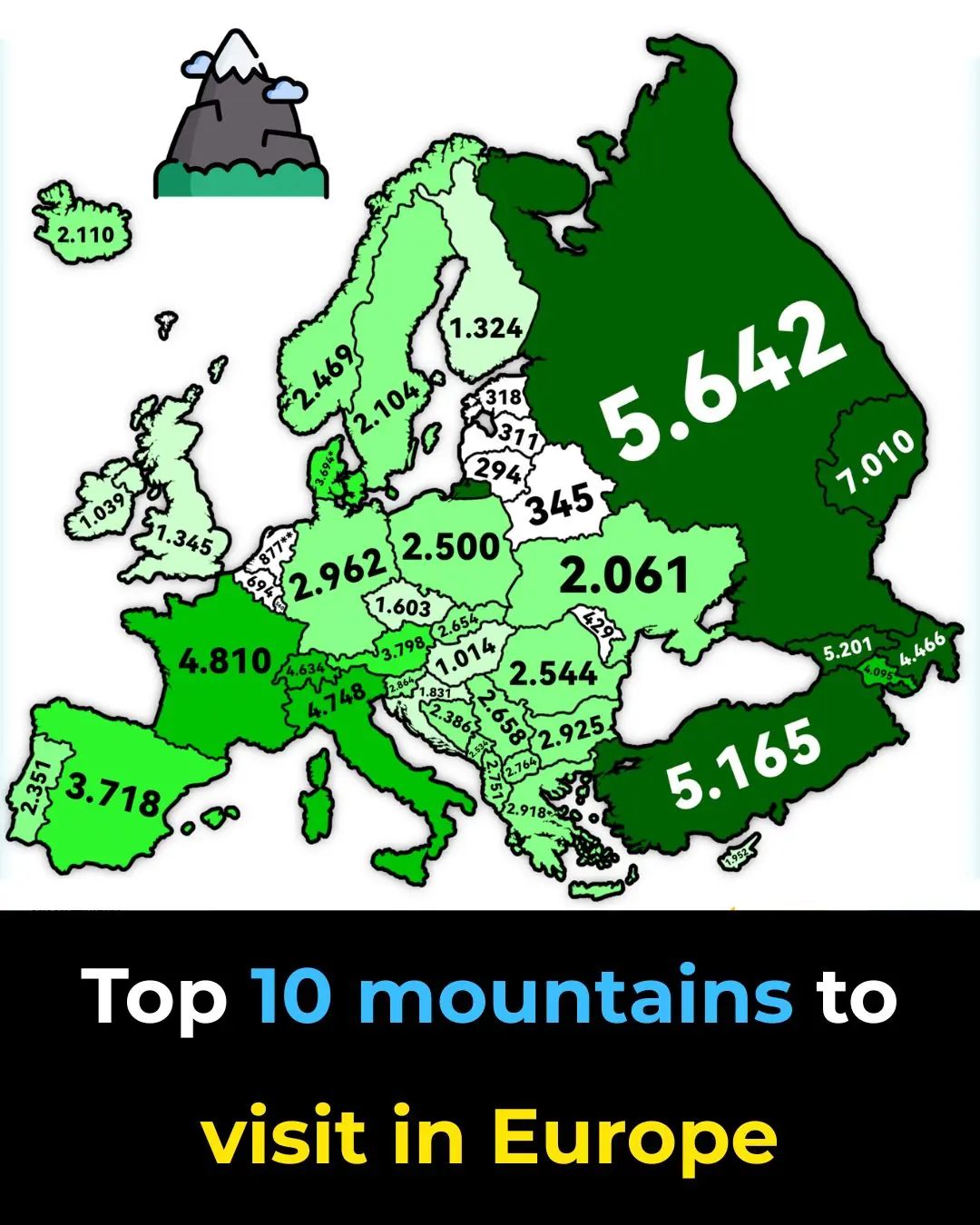
Majestic Peaks: Top 10 Mountains to Visit in Europe

Explore the Best of Britain: 12 Epic UK Road Trip Ideas

Tomorrow Island (Russia) and Yesterday Isle (USA) Are Just Three Miles Apart But There’s a 21-Hour Time Difference Between Them
News Post

‘Liver Protection’: A Simple But Effective Drink Proven by Science

Don't clean a dirty rice cooker with plain water: Use this to clean it, in 5 minutes it will be as clean as new

Stop Using Vinegar for Limescale — There’s a Better Natural Alternative

Why Do Jeans Get Weird Ripples After Washing?

People Shocked to Find Out What Paprika is Actually Made From

Molasses Stops Insulin Resistance Almost Immediately — Here's How to Use It

15 Silent Signs You’re Dangerously Low on Vitamin B12

The Officer Who Tried Anyway.

3 abnormalities in the hand warn of liver cancer, many people see but subjectively ignore

The Woman Who Gave Broken Hearts a Second Chance.

10 perfect ways to prevent dampness and humidity in your home

The Broken Bicycle and the Kindness That Followed.

The Potassium Powerhouse: What Eating Bananas Daily Does to Your Blood Pressure

How To Remove Set-in Grease Stains From Laundry
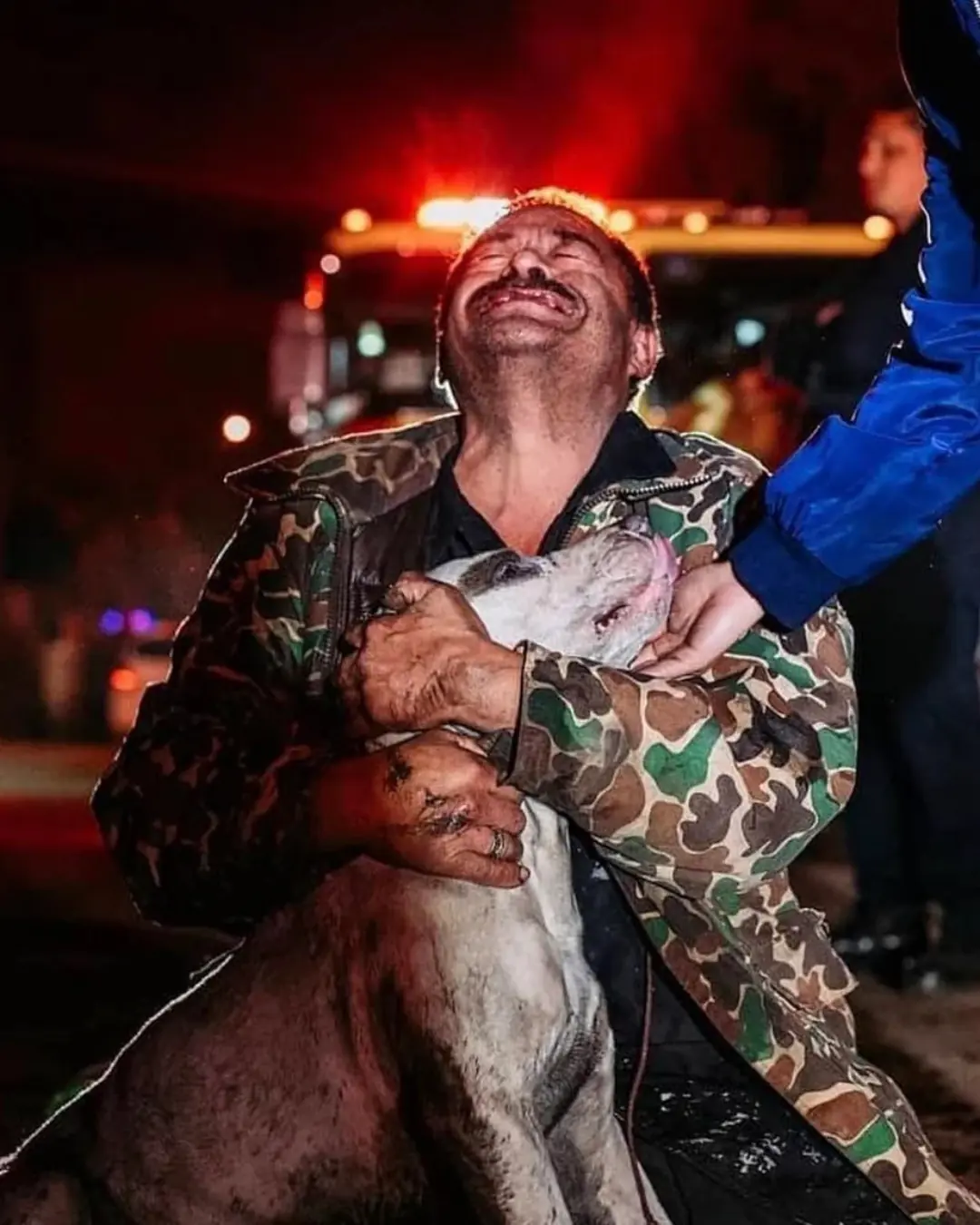
The Man Who Couldn’t Hear the Flames — But Felt the Fear.

Putting garlic under your pillow not only keeps evil away, but also has many other health benefits
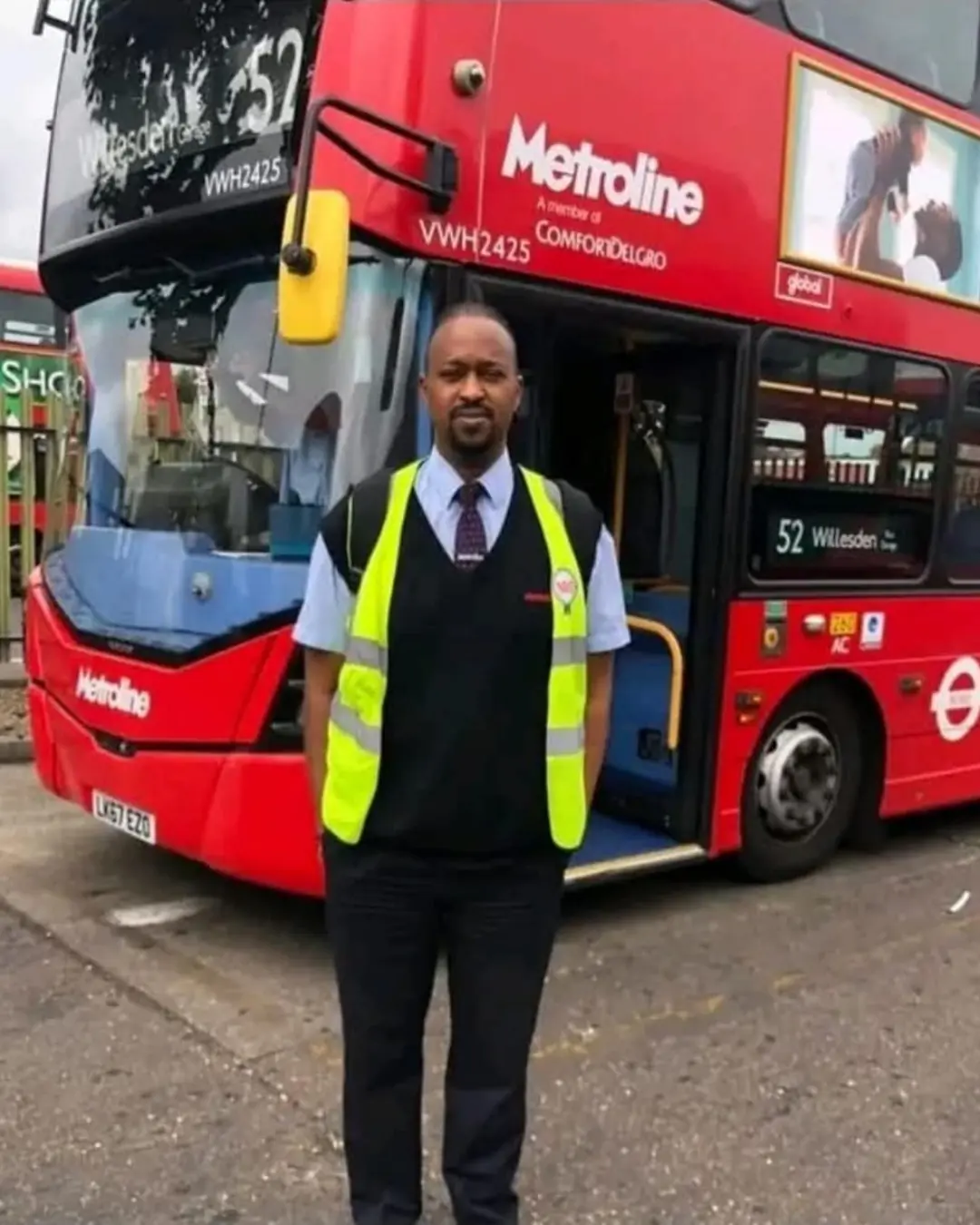
From Bus Driver to PhD: The Journey That Never Stopped Moving.

A Mother’s Heart, A Policeman’s Hands: The Rescue That Touched a Forest.

A Powerful Two-Ingredient Mixture for Cleansing Your Liver
